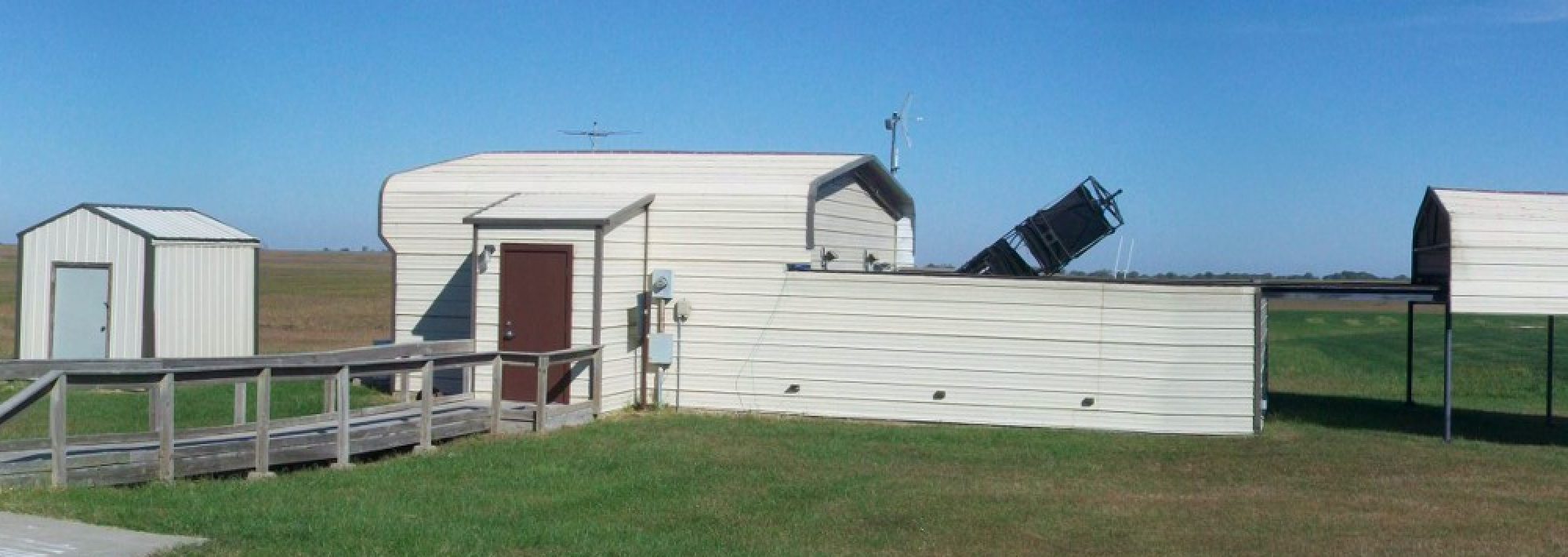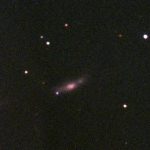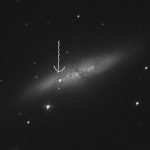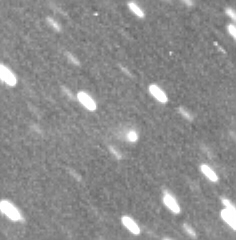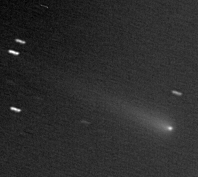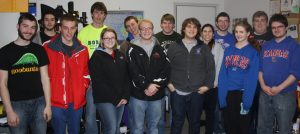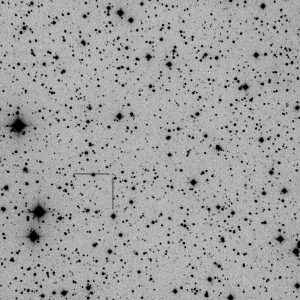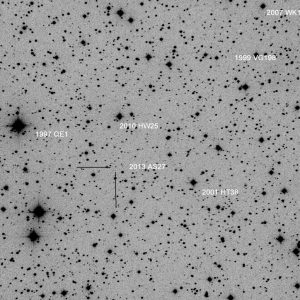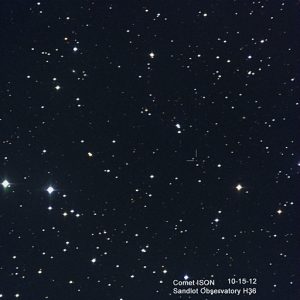Imagine Carl Sagan’s miniseries, Cosmos, but with updated science knowledge and today’s graphics!
Called “an epic follow up to Carl Sagan’s widely renowned space documentary series”, the first of 13 episodes airs on March 9. Hosted by physicist Neil deGrasse Tyson, Cosmos: A Spacetime Odyssey is a continuation of 1980’s Cosmos, considered to be some of the best science programming ever on television.
The series will be televised on Fox and National Geographic (check local listings for times). The trailers alone are mind-blowing!
Here’s the website:
http://channel.nationalgeographic.com/channel/cosmos-a-spacetime-odyssey/
